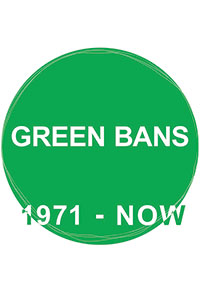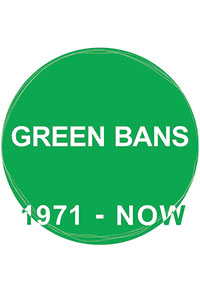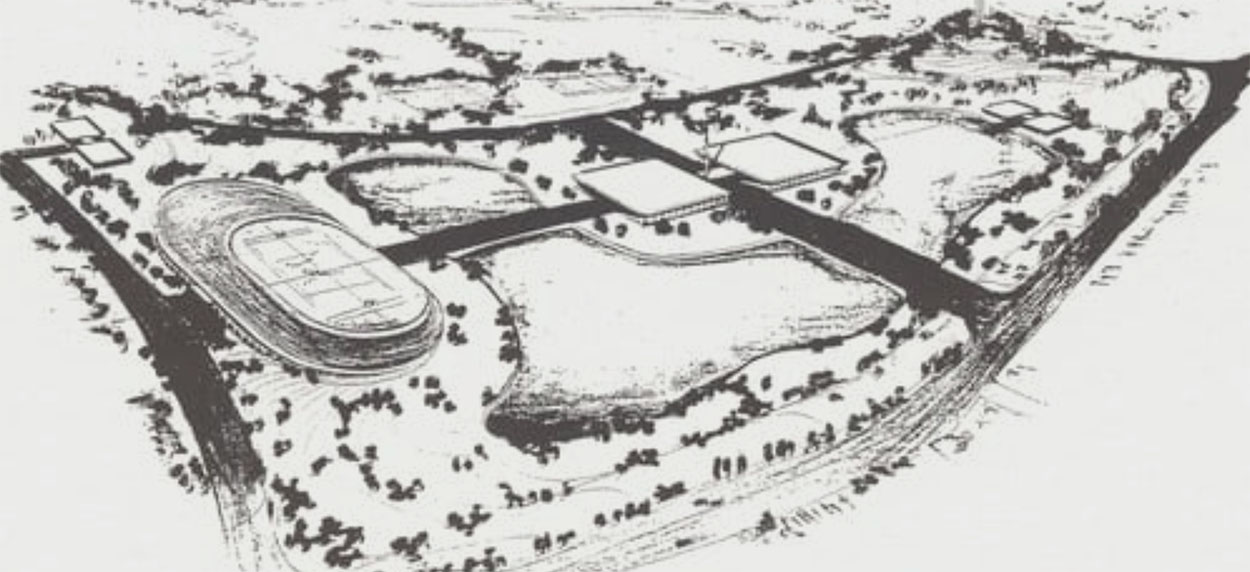Moore Park (Centennial Park Sports’ Complex)
"Your parks are your breathing spaces. Guard them, cherish them. Parkland is valuable and greedy eyes see the money in it. So you must always be on the alert. Hang onto your breathing spaces in this developing and already over-congested city. Protect your parks from the pressure of political concrete.” - Patrick White, 1972 Rally, Centennial Park, Sydney
In 1972 the Askin Government announced plans to build a massive, $76 million sports centre with an 80,000-seat stadium in Moore Park and an accompanying swimming pool complex with seating for an additional 10,000. Additionally, there would be an entertainment complex comprising of picnic and barbeque facilities, restaurants, mini golf, wading pools, and a fully equipped stage; to name but a few. Along with the substantial projected parking lots throughout Centennial Park, this plan would have resulted in the destruction of over 30 percent of the area's parkland.
The sports centre was presented by the State Government as a project that would enhance Sydney’s bid to host the 1988 Olympic Games. However, it was met with monumental uproar and residents rallied behind writer Patrick White and the BLF’s Jack Mundey to protest the development. They argued that the complex would be better suited to areas in the Western suburbs which currently lacked sporting and recreational facilities.
It was believed that if the project went ahead as planned increased traffic would devastate the park and the surrounding area. In June the BLF imposed a green ban on project and the government appointed Walter Bunning to undertake a feasibility investigation. His report advocated on behalf of the residents and pointed to the Homebush area as an appropriate site. The splendour of Centennial Park and Moore Park were thus preserved.
The BLF also imposed a second green ban on the construction of unit blocks on Cook Road in Centennial Park. In the early 1970s increased construction transformed the environment of this quiet residential area into one dominated by traffic and congestion. After a meeting of residents, the BLF placed the ban preventing the construction of any more flats until all parties approved of an alternative plan. See also: Cook Road (Centennial Park)
References
Verity and Meredith Burgmann, Green bans, red union: the saving of a city, 1998; Lee Rhiannon, Green bans: inspirational activism, 2016; Anne Summers (et al.), The little green book: facts on the green bans, 1973.
Research provided by Isabella Maher


